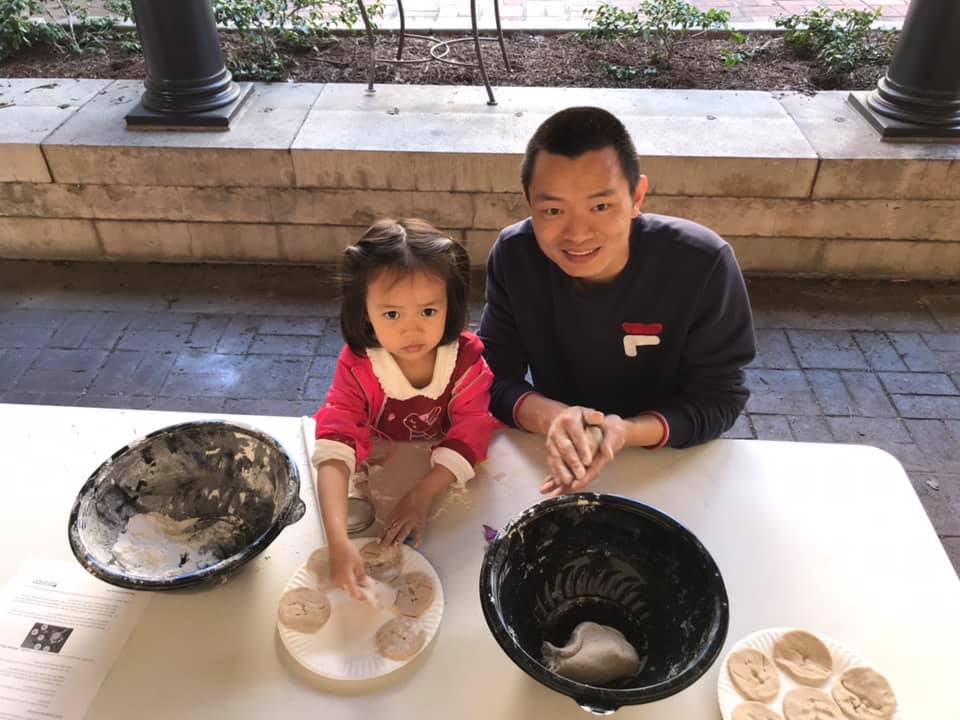
Preschool STEAM (for children ages 2-6) is all about having fun with science, technology, math and art! There is no right or wrong way for children to experiment – the fun and learning comes from the doing! Early childhood research shows us that little hands and minds learn best when at play.
For our March 2019 STEAM adventure, we focused on making salt dough dinosaur fossils!
Materials Needed:
Flour
Salt
Water
Caramel color food coloring (optional)
Measuring cups
Plastic or regular mixing bowls
Dowels or small rolling pins
Round cookie cutters or mason jar tops
Miniature dinosaurs
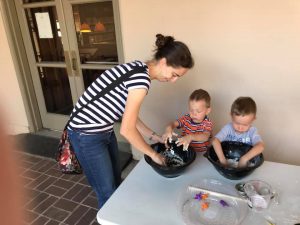
The Project
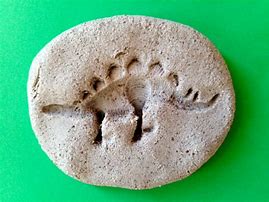 Credit: Kiwi Co. Corner
Credit: Kiwi Co. Corner
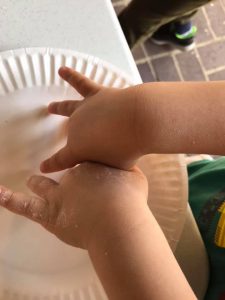
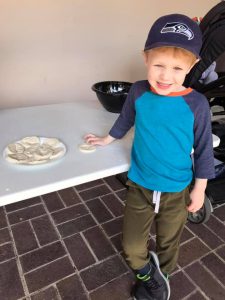
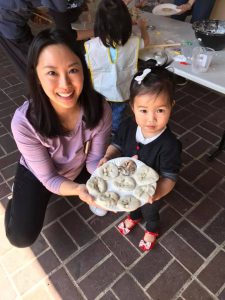
- We mixed 1 cup of flour with 1/2 cup of salt in a plastic mixing bowl.
- We then poured 1/2 cup of water into the mix and stirred until we had a dough-like consistency.
- Some of the kids added caramel color food coloring to the mixture to turn the dough brown.
- We formed the dough into a ball, dusted it with flour, and kneaded it for several minutes.
- We then rolled the dough out to about ½-inch to ¼-inch thickness using dowels.
- Using our mason jar lids, we cut circles out of the dough.
- We then pressed the miniature dinosaurs into the dough and carefully removed them.
- The dinosaur fossils can be air dried or baked in the oven at 200 degrees for 2-3 hours.
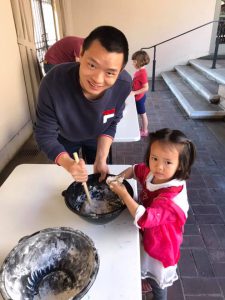
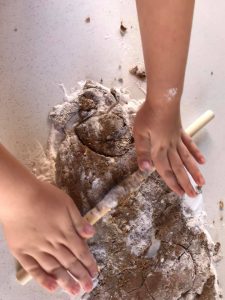
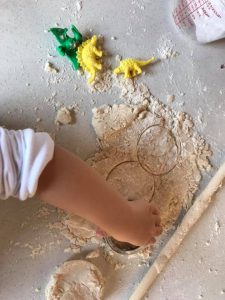
The Science Behind It
Fossils are how we know anything about living things from the ancient world, like dinosaurs. Fossils form under just the right conditions, when a dead animal or plant is encased in dirt and sediment. Over hundreds of years, the living thing’s organic matter is traced or replaced by minerals. The fossil rock that remains can last for hundreds of millions of years, longer than any tissue from the living thing itself.
The only trouble with fossils is that they need the right conditions to form, and they take a looong time to make. But what if you could make your own fossils in under two hours? Try out this project to find out how!
Paleontologists (scientists who study ancient life like dinosaurs) call the kind of fossil you just made a mold fossil. That’s because the sediment (the dough) formed a mold around the dinosaur body, preserving an imprint of it.
There are lots of other kinds of fossils, though. The dinosaur bones you see arranged and built into skeletons are permineralized fossils. Compression fossils turn plants like ferns into a thin film on a rock. The next time you visit a natural history museum, see how many different kinds of fossils you can find!
Credit: Kiwi Co. Corner
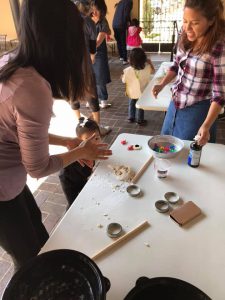
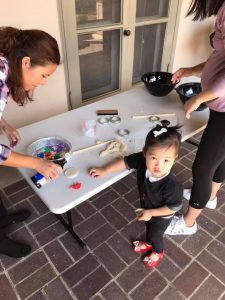
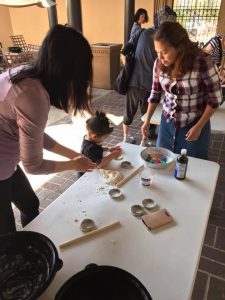
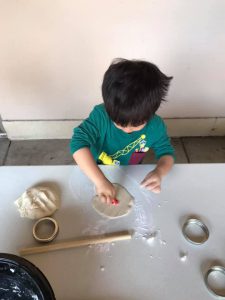
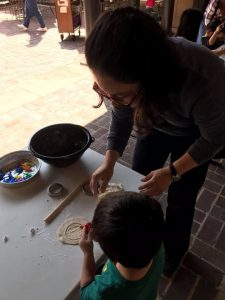

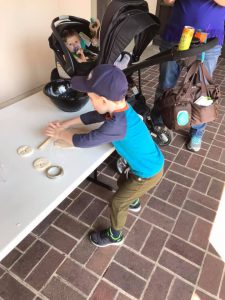

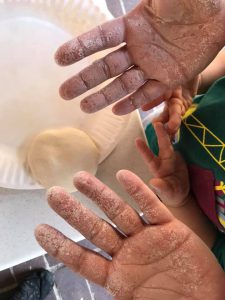
Our Fossils

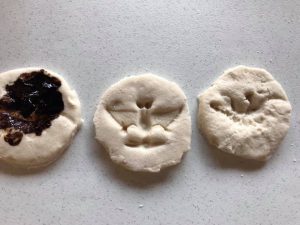
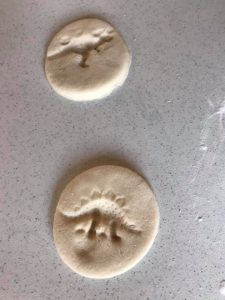
Join us at Pasadena Central Library for our next STEAM adventure on Monday, April 22 from 10:30-11:30 a.m. The program is held in the patio adjacent to the Children’s Room. Hope to see you there!